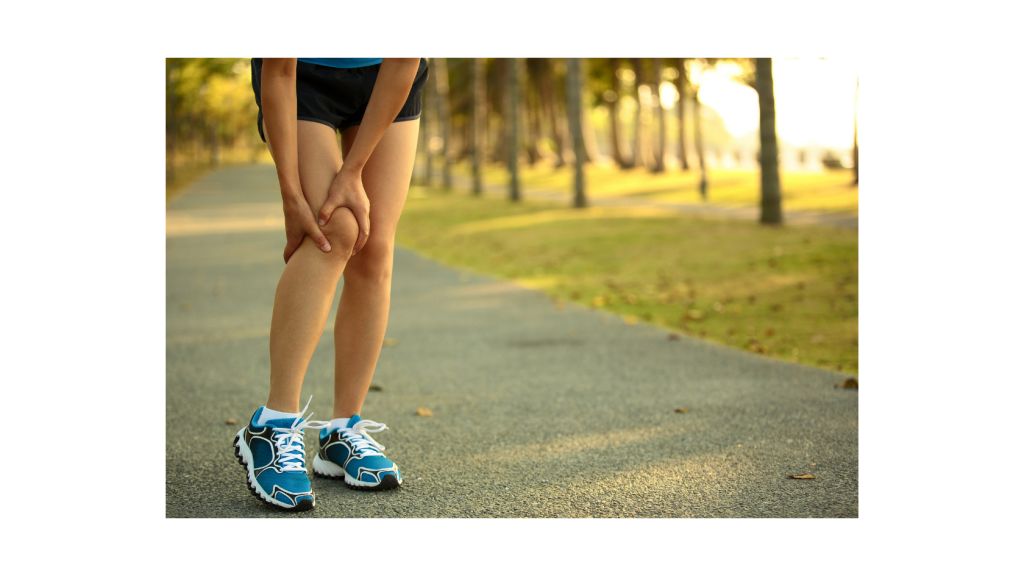
At Flow Physio we’re experienced in treating a range of sports injuries. In the clinic, we will identify the muscle groups needing strengthening.
What are sporting injuries?
People take part in many recreational and sporting activities that have great health benefits. However, there is a risk of injury that can limit their participation and may affect long-term musculoskeletal health as they grow.
Why are we likely to experience an injury when playing sport?
There are several factors that contribute to sport injuries. These include fitness factors like poor warm up, reduced flexibility, lack of strength, poor nutrition and inadequate hydration.
Joint hypermobility—where the joints easily move beyond their normal expected range—can also be the reason for injury in people. Other factors could be poor equipment and facilities, environmental factors, inadequate supervision and coaching. However, an estimated 50 per cent of
sporting injuries are preventable.
The causes of sports injuries include overuse, direct impact or the application of a force that is greater than the body part can structurally withstand. Poor technique and structural abnormalities can also contribute to the development of chronic injuries. It’s important that people are fit enough and have the skills needed to do the activity.
If you are unsure about the injury, see your GP as it may be more severe than you think. For example, what seems like an ankle sprain may actually be a bone fracture.
What are common sporting injuries in adolescents?
There are two types of sports injuries: traumatic and overuse—or acute and chronic. An injury that occurs suddenly, such as a sprained ankle caused by an awkward landing, is known as an acute injury. Up to 60 per cent of all sporting injuries in adolescents affect the ankle.
Chronic injuries are caused by repeated overuse of muscle groups or joints and include cramps, tears and strains. With increased exposure to sport, there is higher risk of overusing the muscles, tendons and bones.
How do I know if physiotherapy or other medical attention is needed?
A sports injury is usually a strain (muscle) or a sprain of the joint, tendon or ligament. Symptoms of a muscular strain include cramping pain on contraction and stretching and aching after activity. Symptoms of a joint sprain include pain, lack of joint function, swelling and bruising.
In the early phase of injury, there is normally pain over the injured area, and possible swelling, heat and redness—so first aid is essential. You should rest the area, apply ice to reduce pain and muscle spasm, compress and elevate the injured part, which will reduce bleeding and swelling.
We can assess and manage the sporting injury and, if required, will refer you to the appropriate medical care. Importantly, they will assess factors contributing to the injury and plan appropriate exercises and methods to prevent further problems.
How effective is physiotherapy for sporting injuries ?
Sports physiotherapists are experts in understanding the skills associated with sport. They are effective in managing sports injuries and addressing factors to improve sporting performance, such as flexibility, strength and control. They are able to identify serious injuries such as fractures and provide a tailored training program to prevent reoccurrence.
Sports physiotherapists are leaders in new research on the assessment, management and contributing factors of sporting injuries.
How long before the condition improves?
Each sports injury varies in degree and type, and recovery time will be related to fitness level and past injury history. Generally, sports injuries improve in 2–3 weeks and continue to heal in strength over several months. In this healing stage, a safe return to sport is possible with adequate
supervision and advice from a sports physiotherapist to prevent recurrence. The degree of activity needs to be carefully increased and tested to prevent disruption to healing tissues. We can educate and plan modifications to training and games and give advice regarding additional recovery aids such as protective braces.
What are important measures to take to prevent injury or re-injury?
Before starting a sport, adequate warm up with emphasis on cardiovascular fitness, muscular strength and coordinated skills is important, as well as nutrition and hydration. It is important to avoid heavy fatigue as tired muscles stiffen and lose the ability to freely work, which increases risk of
strain during quick activity. Adequate recovery is also very important.
Good equipment such as correct shoe type and fit, breathable sports clothing, mouth guards and helmets are vital in injury prevention. Suitable supervision and umpiring to maintain fair play is also essential for safe play in organised sport and recreational activities.
